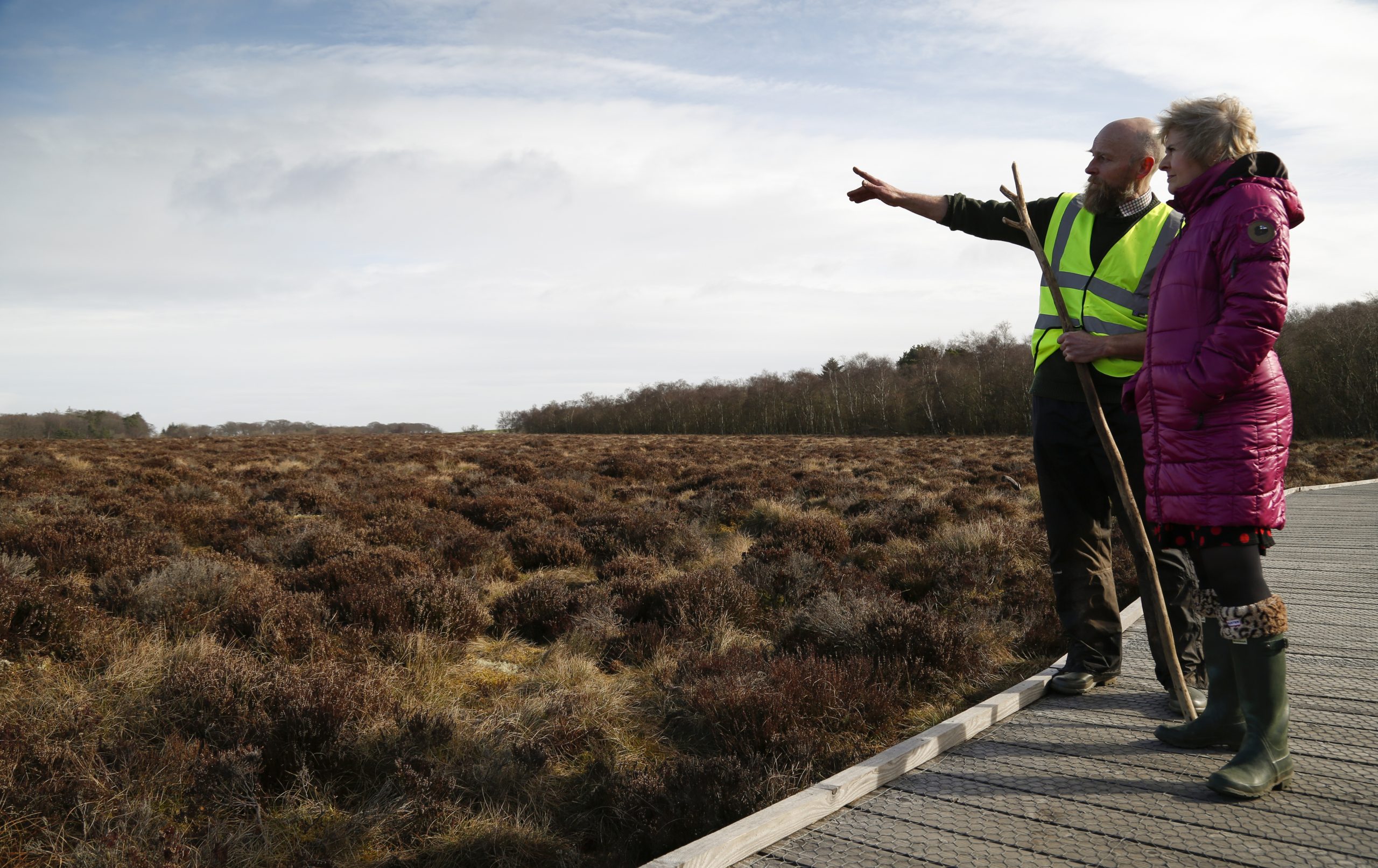
Climate change could impact Scotland’s drinking water
We all know that climate change is already bringing water shortages and droughts around the world but a new study finds that the impact of climate change on Scotland’s peatlands will spell trouble for drinking water supplies.
Around 70% of our drinking water in Scotland comes from peaty areas. This is mostly a good thing because rain water takes time to pass through peat which filters our many impurities.
A problem which is going to get worse is the presence of dissolved organic carbon from the peat. This organic material is responsible for the brown colour of water from peaty areas. These might be pretty harmless when you’re sipping water from a moorland burn but add in the chlorine which is added to drinking water and the result can be a hundreds of chemicals including a group called trihalomethanes. Chloroform is the one you will of heard of and some of these compounds are classified as possible carcinogens.
As you would expect the water industry goes to a deal of trouble to reduce these compounds to below Scottish drinking water standards. The more peaty the water the more energy, expense and chemical input is needed to reach the standard.
This is already a bigger deal than it should be because about 80% of Scotland’s peatlands are damaged in some way, because of drainage, burning or erosion usually caused by forestry, agriculture or grouse moor management. Peaty soils contain a massive amount of carbon, with nearly 25 time as much carbon locked up in Scotland’s peaty soils as there is all the trees and plants in the UK. Damaged peatlands not only leak carbon into the air they also lose carbon to the water flowing through them, in the form of dissolved organic carbon.
Significant funding has been put in to restore peatlands over the years and the Scottish Government recently announced the expansion of its Nature Restoration Fund which funds this work. But this is becoming an uphill battle because of climate change.
The new study by researchers at the University of Aberdeen and the James Hutton Institute finds that by the 2050s climate change will be a big challenge for Scotland’s peatlands, with warmer, drier summers meaning peaty areas shrink and suffer further damaged. Most water catchments will be affected and in some areas there will be huge increases in the amount of dissolved organic carbon.
The study team highlight the areas where this problem might be most severe and call for monitoring of at-risk areas, as well as targeting of peat restoration activities to areas where this can make the most difference to water quality.
Scotland’s peatlands are vital for the carbon they lock up, for the nature they support and for our drinking water supplies, but they are already in poor condition and at serious risk from our changing climate. We need to immediately stop any human activity which is making them worse, and redouble our effort to restore and protect them.
Climate change will bring many nasty surprises and the threat to peatland shows why it is so important to reduce emissions as quickly as we can.
Dr Richard Dixon is Director of Friends of the Earth Scotland. A version of this article appeared in The Scotsman in September 2021
